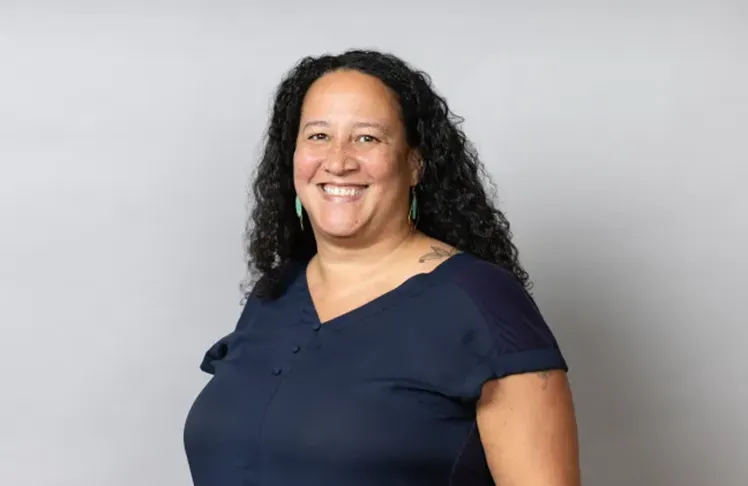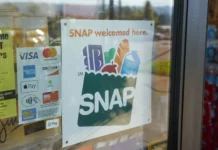
Multnomah County Commissioner Shannon Singleton on Monday proposed sweeping reforms to the county’s deflection program, aiming to more effectively link sobering and diversion services with housing and behavioral health systems. The reforms are designed to improve outcomes and better align the program with the original intent of state law.
“Today Multnomah County’s deflection center operates in isolation. Because of that, we’re not seeing the outcomes that voters and lawmakers expected,” Singleton said. “When 92 percent of the people law enforcement take to the deflection center are experiencing homelessness, it’s common sense to link our homelessness response to our deflection efforts.”
The proposals would integrate the deflection center’s operations with the Homeless Management Information System and the county’s By-Name List, which tracks individuals experiencing homelessness. Other changes include allowing homeless service providers access to the center, ensuring immediate entry into clean and sober shelters, and strengthening connections between behavioral health and housing services.
“I hope that this gives us a path forward to better services, better outcomes for the people we serve, and cost savings,” Singleton said. “I’m looking forward to working with my colleagues over the coming months to put these reforms in place.”
The deflection center opened on Sept. 1, 2024, in response to House Bill 4002, a state law passed earlier that year that recriminalized small-scale drug possession while emphasizing diversion and treatment. The program operates out of the temporary Coordinated Care Pathway Center and is managed by the county’s Health Department with services provided by Tuerk House. Partners include Portland Police, the Sheriff’s Office, District Attorney, Department of Community Justice, Metropolitan Public Defender, Circuit Court, City of Portland, and various county departments.
According to its first annual report, the deflection program made 1,044 referrals for 354 clients between September 2024 and August 2025. Of those clients, 92 percent were experiencing homelessness. While nearly all clients received at least one referral, Singleton said more integration is needed to improve long-term outcomes.
The report found that 72 percent of clients were between ages 26 and 45, with 41 percent aged 31 to 40. Additionally, 60 percent required food assistance, 19 percent reported physical health conditions, and 18 percent disclosed mental health needs.
Despite early efforts, the current program lacks a direct pathway into the homeless services system, Singleton said. Key problems include clients returning to unsheltered homelessness after release, limited access to case management, and inconsistent connections to treatment services.
Proposed reforms include:
· Immediate transport from the deflection center to clean and sober shelters upon release.
· Training staff to check the By-Name List and complete enrollment if needed.
· Verifying client history in the Homeless Management Information System and reconnecting them with prior service providers.
· Conducting addiction treatment assessments onsite.
· Creating a seamless continuum of addiction treatment from sobering services to inpatient and outpatient care.
· Allowing all homeless services providers to refer clients directly to the deflection center.
Singleton said these changes are necessary to fulfill the vision lawmakers outlined in HB 4002 and to ensure that the program not only diverts people from the criminal justice system but also puts them on a path to recovery and stability.















